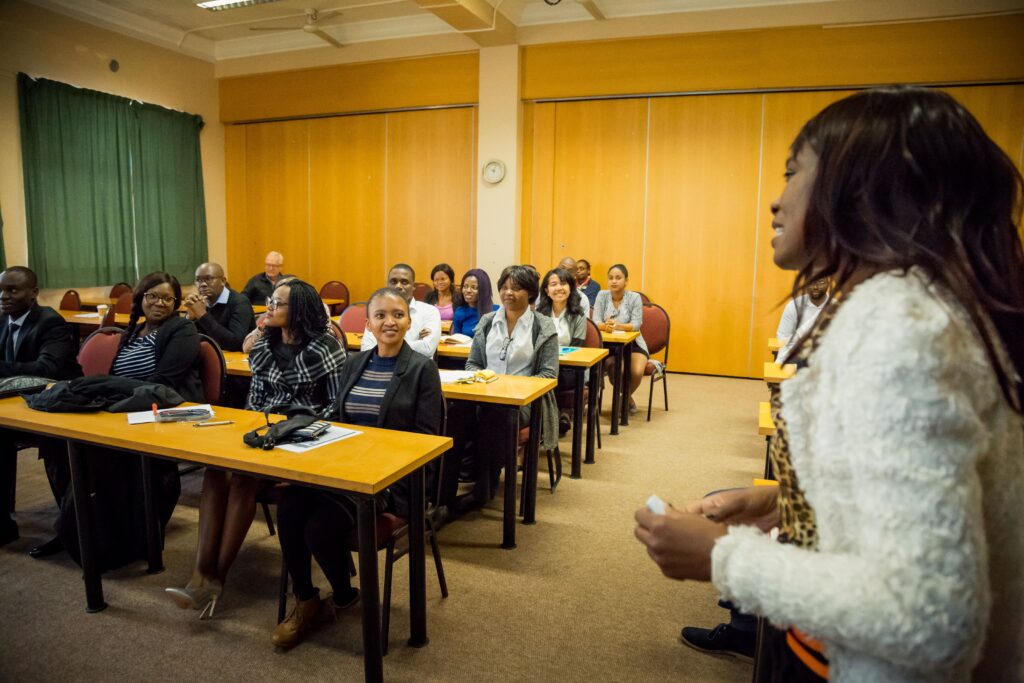According to the 2016 Gender Gap Report published by the World Economic Forum (WEF), the global gender gap stands at 47%. The sad truth is that 30% of male students graduate from STEM subjects compared to only 16% of female students. Women remain underrepresented among STEM graduates.
Even worse, the COVID19 pandemic has widened the already-existing gap in African STEM education. When the pandemic hit, most higher institutions had to rethink their models to accommodate online learning since face-to-face interactions were prohibited to prevent the transmission of the virus.
As challenging as the transition was, some institutions emerged victoriously. They managed to keep their academic activities going regardless of the pandemic. On the other hand, across Africa, primary and secondary schools experienced the most hit. Almost all schools remained shut until the pandemic lessened up because most schools didn’t have the infrastructure required to teach students online.
However, the second and most critical reason is that students didn’t have access to computers, fast internet, and other technologies that could allow them to attend classes from home. Consequently, the education was put on hold for nearly 12 months which came with different challenges, such as the increase of teenage pregnancy, that widened the STEM education gap even further. For example, according to Relief Web, in South Africa’s most populous province, Gauteng, the number of children born to teen mothers has jumped 60% since the start of the COVID-19 pandemic. These are girls who could have been advancing their education, but couldn’t, got bored, and mingled with boys who will continue their studies while the girls take care of the babies.
As Carl Edward Sagan, US Astronomer, puts it, every child is born a scientist. “Everybody starts out as a scientist,” he says. “Every child has the scientist’s sense of wonder and awe. The problem is how to remain a scientist once we grow up.” This suggests that if we are to create an inclusive STEM education in Africa, we need to start by acknowledging that science or STEM isn’t for a specific gender. It’s for any child, boy or girl, who is interested in it, only by understanding that we can create a culture free of social norms and traditional cultural values that consider STEM a domain for boys and males.
We need to let our girls know that, like boys, they too can have successful careers in STEM; most importantly, that their interest and success in STEM is the building block of Africa’s socio-economic development.
Additionally, we need to invest heavily in training primary and secondary schools’ teachers on innovative gender-responsive pedagogic approaches for improved performance of girls and boys in maths and sciences.
Through our Teacher Training Program, AIMS Schools Enrichment Centre (AIMSSEC), and other programs, we are contributing to the increase of young boys and girls who choose STEM courses in higher education.
Lastly, we need to tell stories of successful women in STEM because the limiting beliefs are reinforced by the limited number of women who can mentor and advocate for girls’ education in STEM.
Addressing gender inequality in STEM requires a collective effort. The burden cannot take a toll on one teacher, private or public institution, or country. It is vital that African countries, institutions, and the public work together to ensure that girls are given a chance to see STEM as an option career they can pursue and be successful.
The African Institute for Mathematical Sciences (AIMS) remains an institution that champions inclusivity for STEM education in Africa, and 33% of our alumni are women.

